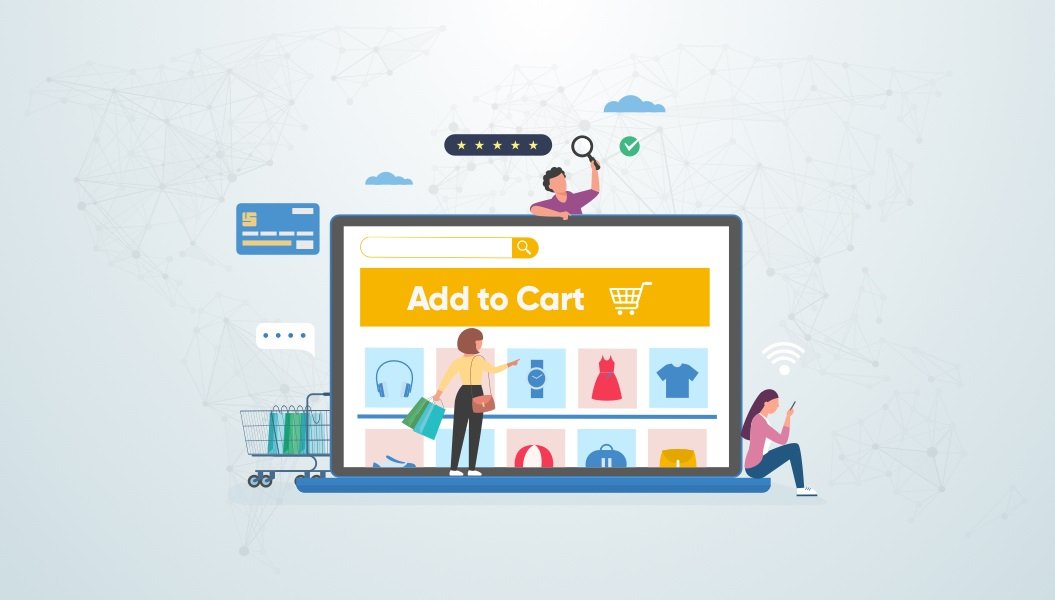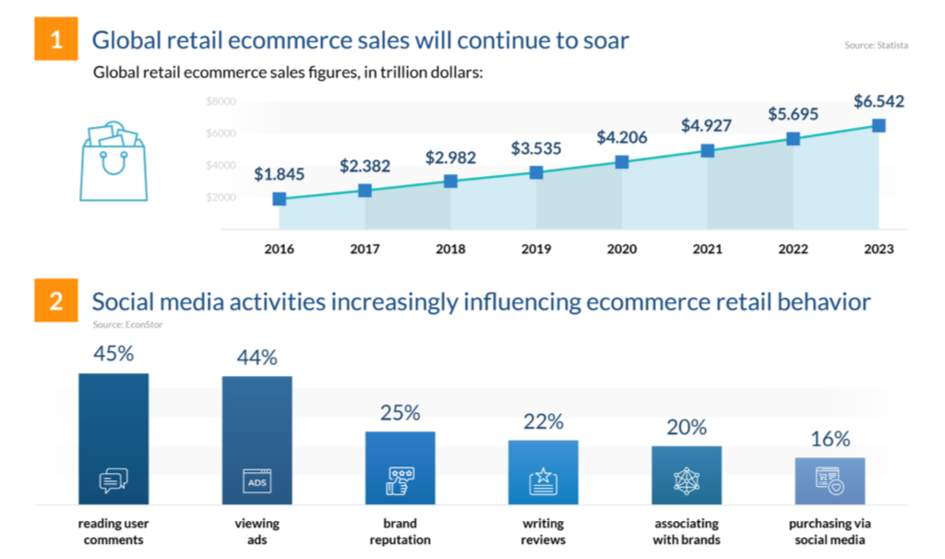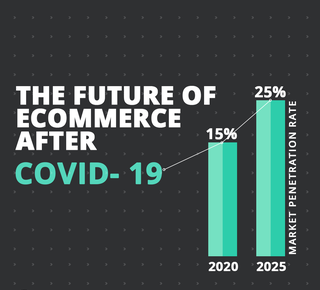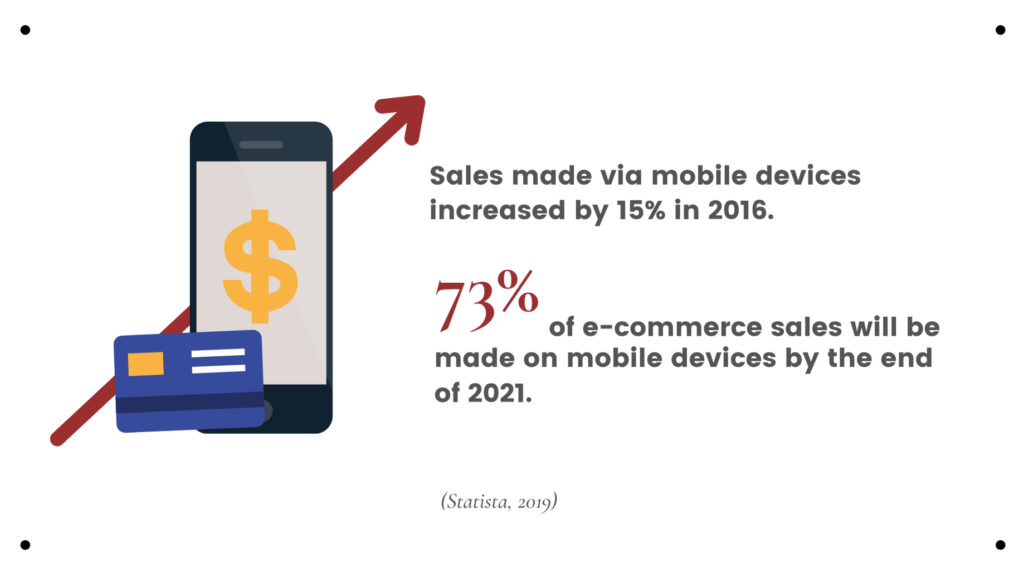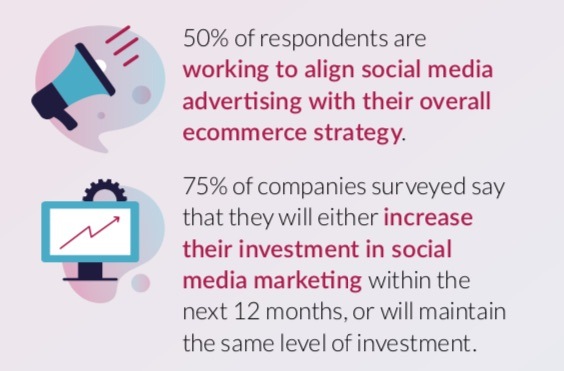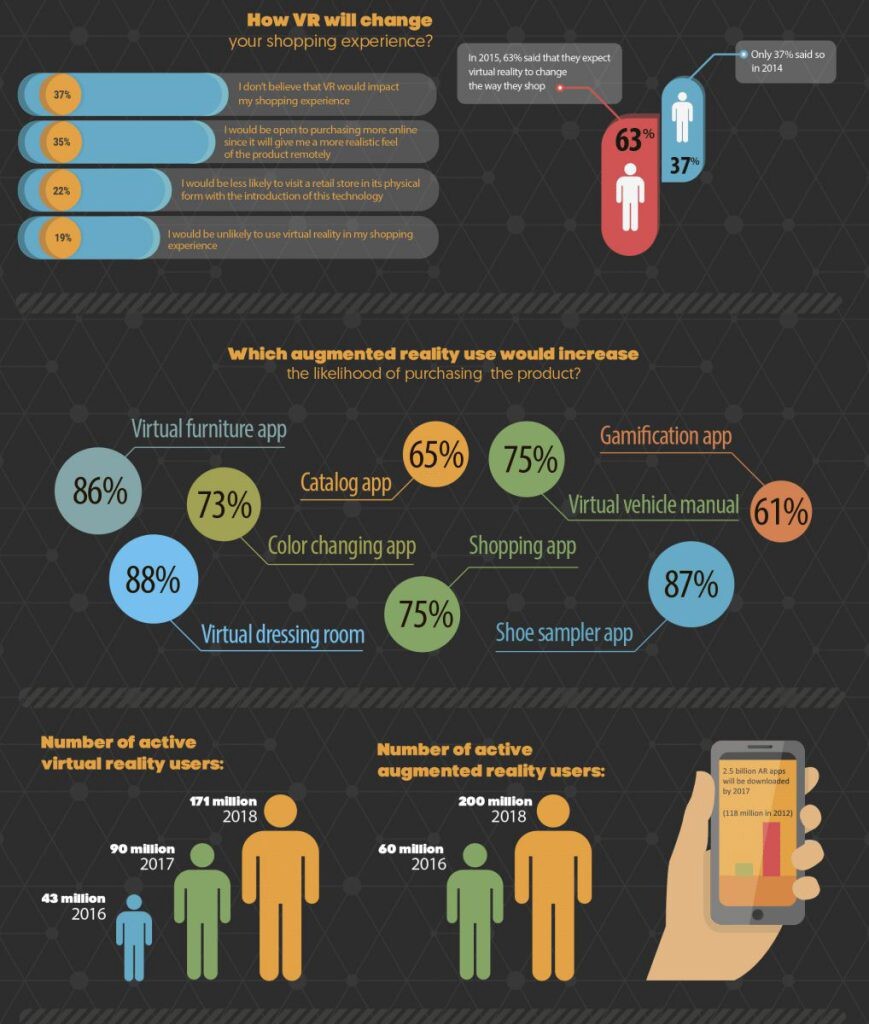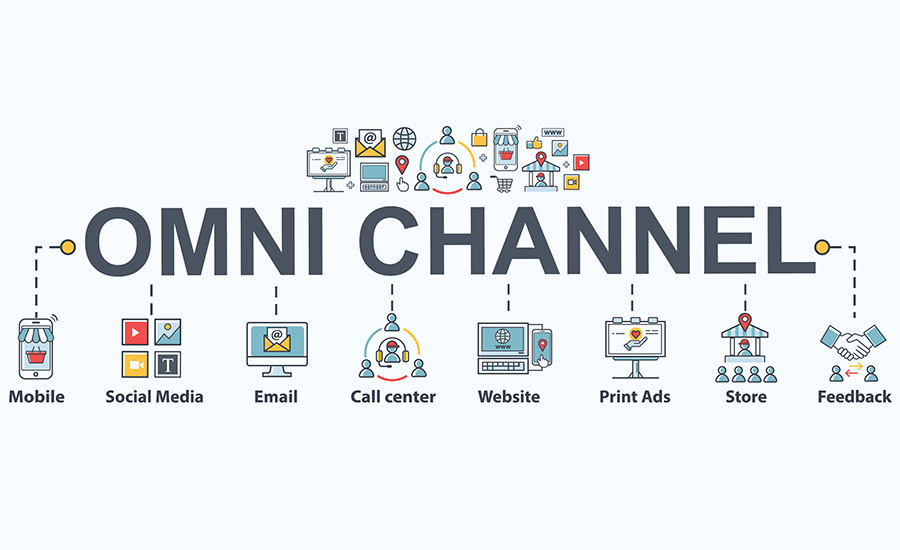The eCommerce market is rapidly expanding with global ecommerce sales are expected to total $4.921 trillion worldwide in 2021. More than ever, merchants are creating and/or improving their online businesses to meet customers where they are. While it may seem like everything in ecommerce is evolving, we narrowed it down to the biggest trends that will affect businesses in the coming months and years.
eCommerce retailers are finding themselves in a world where they must change quickly and articulately due to rapid growth in unprecedented times.
Changing consumer behavior, increased competition, rising ad prices, and the proliferation of digital content are just a few of the problems that e-store businesses are facing today.
Ecommerce has leveled the playing field for businesses who have direct-to-consumer business strategies and can provide a great online experience.
Even organizations that were formed in an omni-channel world must stay one step ahead of ecommerce trends to keep up with customer needs and avoid being overtaken by more agile competitors.
With an 80% failure rate and an average success rate of 10%, eCommerce businesses must assess new trends emerging in their industry environment and adjust their operations accordingly in order to stay afloat.
In this article, we are going to tell what the main e-Commerce trends in 2022 will be. This will help online shop owners in focusing on those trends right away in order to boost future success and profits.
Top e-Commerce trends for 2022
The most significant formula for success is not only having a website, but the flexibility of the platform and following recent business trend’s.
Table of Contents
1. The Future of Ecommerce After COVID-19
If we have learned one thing from the past year, it’s that things can change in an instant — changes we thought we had years to prepare for, behaviors we assumed we’d stick to forever, expectations we have of ourselves and our organizations. This is true of the way we live, the way we work, and the way we shop and buy as consumers.
Undeniably, one of the biggest impacts—if not the biggest—on ecommerce trends in 2022 will be COVID-19.
With governments worldwide shutting stores and implementing lockdowns to restrict social movement for months on end in a bid to combat the coronavirus, more and more people are resorting to online shopping to purchase items.
Already, ecommerce giant Amazon’s Jeff Bezos has seen his fortune grow by nearly $28 billion thanks to increased customer demand for Amazon’s products and services.
And experts predict that the impact of the coronavirus will not just be a short-term boost to ecommerce but one that’s here to stay, even after COVID-19. This is because people will get comfortable with the comfort and convenience it offers and the benefits of contactless payments, both of which are likely to cause a permanent behavioral shift towards digital purchases.
In fact, market analysts say that the ecommerce industry will be the biggest beneficiaries of the coronavirus pandemic. Penetration rates, which are currently at 15%, are expected to increase to 25% by 2025. That marks a 67% percent increase in 5 years.
To be successful in e-commerce, you need to think bigger than e-commerce. The consumer experience is rapidly evolving from one that’s built upon the transactional process of in-store shopping to one that’s rooted in deep, ongoing and enriching relationships.
2. Mobile Shopping is Growing
The growth of mobile commerce has been particularly noteworthy. In 2020, total sales made via mobile devices came in at $2.66 trillion. This figure is expected to grow 18.8% to $3.16 trillion this year before further rising to $3.79 trillion in 2022.
These figures can’t be ignored. Improving the ecommerce experience for mobile customers can be a huge opportunity for businesses to tap into.
The growth of e-commerce has been driven in part by the increasing use of mobile devices. This is because consumers not only check out online, but also use their mobile devices to browse and research before making a purchase.
eCommerce businesses are doing their best to improve a customer’s experience of shopping on their store while using their mobile devices. They’re offering a slew of payment options to customers, from credit/debit cards to e-wallets, Paystack, etc.
Experts believe that offering a multitude of mobile payment integrations is a big step towards a better mobile shopping experience.
A lot of eCommerce merchants are adapting PWAs as well. A Progressive Web Application is a website that acts like a native app. The functions, look & feel, and structure of a PWA are same as that of a local application, thereby eliminating the need for eCommerce businesses to create an app for their store.
PWAs offer features like push notifications, ability to work offline, accessible from the home screen, etc. They enhance the customer’s journey as users don’t have to install a store’s app locally on their devices.
With more and more sites now optimized for mobile use, make sure that not only your website, but your online store is optimized for mobile devices as well. By doing this, you’re making ecommerce simpler and more accessible for a larger audience.
3. Evolving Role of Social Media in Ecommerce
Social media began as a channel for businesses to grow their brand, promote it, and provide quality customer service. But social media is almost a true e-commerce utility today. It’s a one-stop shop where you can look up products, choose your favorites, and buy locally.
The number of social shoppers is also rapidly increasing. With the introduction of the “Buy” button on Facebook, and Instagram Checkout, social media is playing a significant role in the world of ecommerce.
Social media has changed the way we live our daily lives, including the way we buy things. This is a great opportunity for brands to start thinking about how to improve their position on social media, which is a great platform for brands to get discovered. With consumers spending more time on different types of social media, ecommerce businesses can get help from Instagram influencers to increase their chances of getting discovered by their target audience.
Additionally, with platforms like WordPress, businesses can easily link their online stores with social media sites so that people can buy from them directly through social media. Instagram and Facebook, for example, are constantly updating their features to meet the comfort needs of online buyers.
These social media platforms act as channels for inspiration and allow brands an opportunity to be discovered while people scroll through their feeds. As social media continues to become a regular part of our daily lives, its power to influence ecommerce trends will only increase. That’s why brands need to adopt a shopping-focused approach to their social media strategy.
4. Augmented and Virtual reality for shopping
Ordering products online makes the shopping process effortless and wholesome. You can browse variations of a product, compare its pricing and features, read customer reviews and then make an informed decision, all from the comfort of your home. Speedy deliveries ensure that we don’t have to wait long to receive our beloved products.
However, one downside of online shopping is that there’s always a gap between the consumer’s visualization of a product, and how it actually fits into their lives.
Augmented and virtual reality (AR/VR) fills this gap by showing you what the product looks like in real life and how it’ll fit into your everyday lifestyle.
By 2022 over 120,000 stores will be using Augmented Reality (AR) technologies, offering a much richer buying experience. AR uptake in the sector will be driven by the retail workforce and online shoppers. One of the main concerns that people have when shopping online is the inability to see the product firsthand. AR technology helps bridge this gap and enable online shoppers to better visualize the products that they are interested in.
Statista predicts that the AR market will reach $15.497 million by 2022 and over $18 million by 2023. Ecommerce companies will continue to adopt AR to optimize the shopping experience of their customers.
For online customers this could be a game changer. Virtual and Augmented reality can bridge this gap. Virtual reality gives you a 360-degree view of a place, whereas Augmented reality helps you place computerized graphics on real-life objects so that you can get a clear picture of how they will look in the real world.
AR experiences can change the way that online customers perceive the products that they intend to buy. With the use of AR, customers will be able to better understand their needs and if the products that they intend to purchase meet their demands.
Some ecommerce brands have already started to experiment with AR, which will help them stand out from the competition. Delivering more personalized experiences to consumers will allow for better online shopping. Companies are using AR not only to enhance the customer experience but also to allow shoppers the ability to test and explore products in the way that they would do during an in-person shopping experience.
5. Omnichannel Selling
Focusing on a single channel for selling your products and making the most of it by having customers come directly shows you’re doing everything right, especially in customer acquisition.
However, this limits your chances of connecting to other interested customers on various channels. Stats from Sprout Social show that about 84.9% of customers won’t purchase an item until they’ve seen it multiple times. Global Web Index also shows that 37% of users use social-media channels to research products and brands.
Omnichannel Selling (or omnichannel commerce) is a multichannel approach to sales that focus on providing seamless customer experience whether the client is shopping online from a mobile device, a laptop or in a brick-and-mortar store.
With omni-channel selling, customers can use several sales channels to help them make a single purchase, from doing their research and finding what they’re looking for, to eventually placing an order. All of these sales channels must be integrated with each other in order to be classified as an omni-channel strategy.
Today a lot of buyers use the option of comparing prices. If everything is alright, the clients chooses the best deal. Sometimes you see a product in an outlet, and then you search it on the internet.
If the advertisement is present on various platforms, the chance that someone will visit the shop is higher. It is hard to trace the realization channels, so it is better when the clients’ base and communication base are all in one place. This type of integration is omnichannel.
If a business is using different sales channels, it influences the clients’ base by social media, product aggregators, context advertisements and message notification. The best option to integrate the system is CRM, which provides the solutions to managing the channels and effective data analyzing.
6. Chatbots Will Manage Customer Interactions
In the e-commerce world, chatbots are bringing about a transformation and enabling retailers to foster better shopping experiences. The rise of AI chatbots in the business world is enormous. According to Global Market Insights, the overall market size for chatbots worldwide will be over $1.3 billion by 2024. Being part of a wider transition to automate business processes and systems that support customer service in the e-commerce industry, chatbots streamline a vast matrix of complex interactions and drive business forward.
Chatbots in eCommerce will help you offer customers the best possible experience on your web store. Help them find the right purchase with product information search directly through an automated chatbot conversation. Upsell with relevant product recommendations.
Tell your customers stock information and delivery estimates right from the home page, product page, cart or checkout. Integrate with your CRM solutions to automatically open tickets on customer queries and give them information about their order, from delivery status, to claims and refunds.
All without needing to speak to a human representative.
Nowadays, a growing number of shoppers prefer to converse with bots and other digital self-help tools. This is because of the easy accessibility and prompt responses.
In addition to automated responses, there are a lot of ways in which chatbots are expected to evolve and contribute to providing a top-notch experience to customers.
We are looking forward to an era where personalized shopping assistant bots will be more common. The current AI-based technologies used to create chatbots will improve in the future, leading to improved conversion rates and higher retention.
Conversational chatbots are the future of chatbots. Given the rate of chatbot adoption by eCommerce companies, we will see conversational chatbots assisting customers in their buying journey in 2022 and ahead.
Conclusion
The ecommerce trends presented here are meant to paint a clear picture of what the future holds for online selling. Online selling has touched numerous businesses in different industries, changing the way these companies operate. The benefits of ecommerce have resulted in businesses scrambling to get their presence known online.
The latest ecommerce trends are leading organizations to adopt new technologies and business practices that are believed to further improve online selling. Never before heard concepts and even trivial retailing matters such as packaging, better customer experience, multichannel selling, and green consumerism are now in the spotlight.
Given the massive changes that ecommerce is slated to undergo, it’s recommended that companies read and understand the writing on the wall. If you are an online seller or planning to become one, keeping these trends in mind can significantly improve the way you sell online or even help you create a robust online business. However, you will need to use available technologies to make this happen. So, think about investing in the best ecommerce systems that the market has to offer.
If you have any feedback or queries, feel free to mention them in the comments below!

